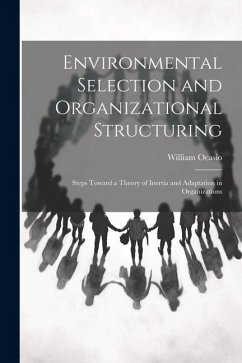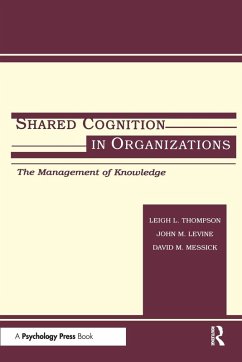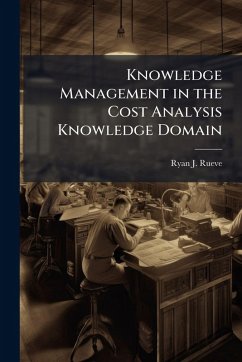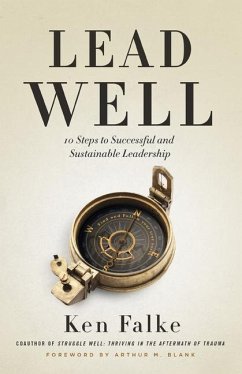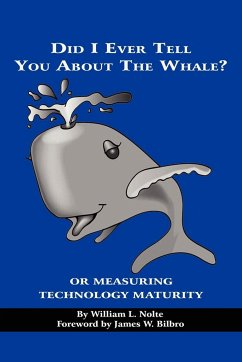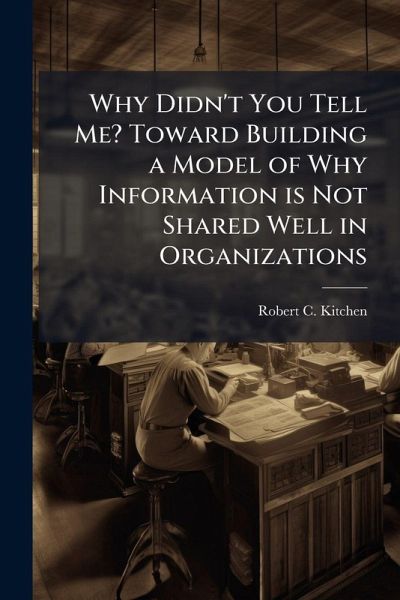
Why Didn't You Tell Me? Toward Building a Model of Why Information is Not Shared Well in Organizations

PAYBACK Punkte
8 °P sammeln!
The effective use of information in an organization is vital to its success. One of the biggest investments being made today by companies is in their information infrastructures. However, with all of the resources being dedicated to improving information flows, evidence shows that organizations still do not share information as widely as they could or should be. Many studies have been conducted to learn the reasons why people in organizations do not share information as well as would be good. However, no study was found that reported the relative frequency of reported reasons for not sharing i...
The effective use of information in an organization is vital to its success. One of the biggest investments being made today by companies is in their information infrastructures. However, with all of the resources being dedicated to improving information flows, evidence shows that organizations still do not share information as widely as they could or should be. Many studies have been conducted to learn the reasons why people in organizations do not share information as well as would be good. However, no study was found that reported the relative frequency of reported reasons for not sharing information. This paper gather and reports that information. A study such as this can help information managers identify areas within their organizations where information is not being shared well and decide where focusing their efforts will be most productive when trying to increase information sharing. This work has been selected by scholars as being culturally important, and is part of the knowledge base of civilization as we know it. This work was reproduced from the original artifact, and remains as true to the original work as possible. Therefore, you will see the original copyright references, library stamps (as most of these works have been housed in our most important libraries around the world), and other notations in the work. This work is in the public domain in the United States of America, and possibly other nations. Within the United States, you may freely copy and distribute this work, as no entity (individual or corporate) has a copyright on the body of the work. As a reproduction of a historical artifact, this work may contain missing or blurred pages, poor pictures, errant marks, etc. Scholars believe, and we concur, that this work is important enough to be preserved, reproduced, and made generally available to the public. We appreciate your support of the preservation process, and thank you for being an important part of keeping this knowledge alive and relevant.



